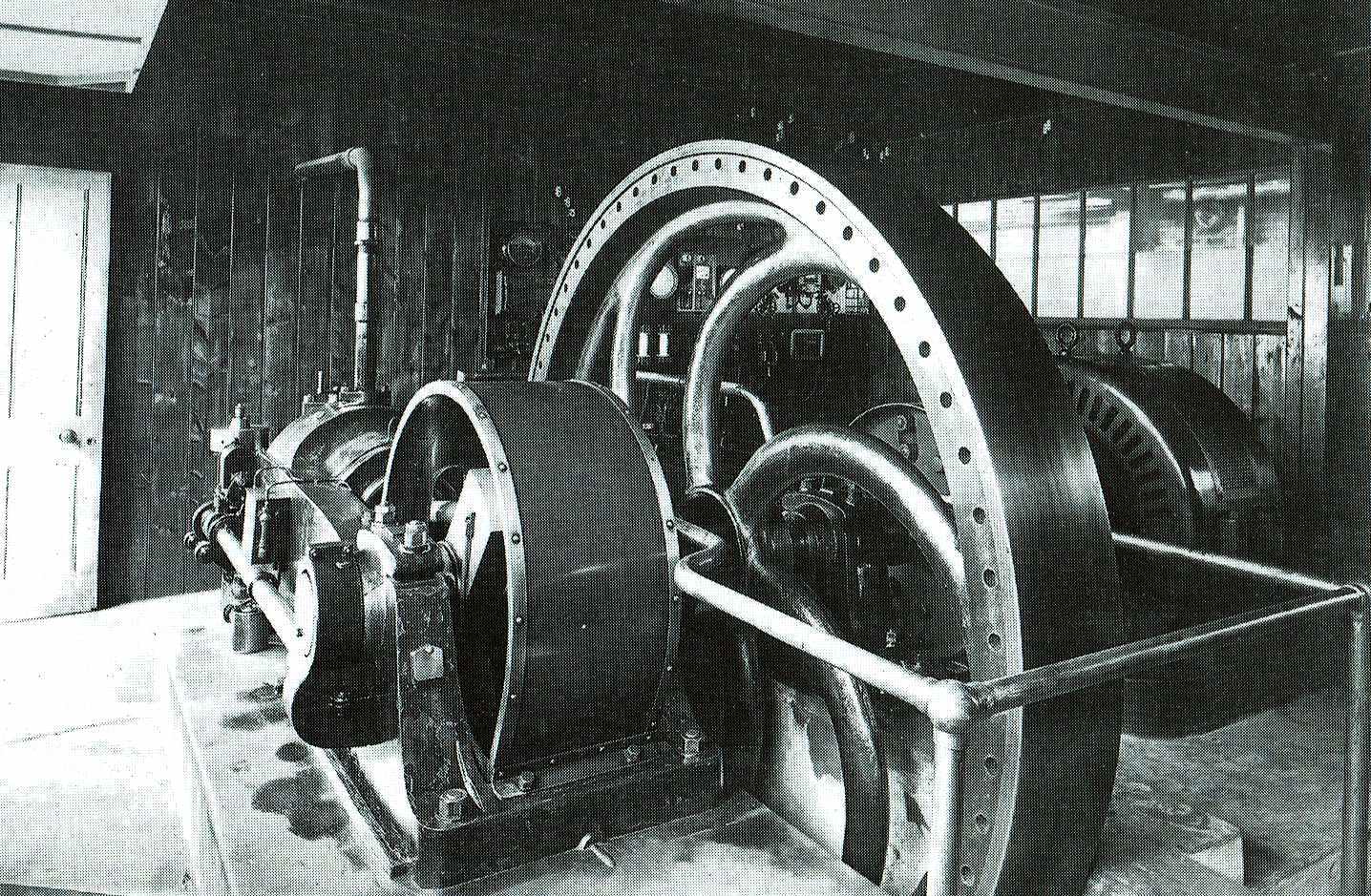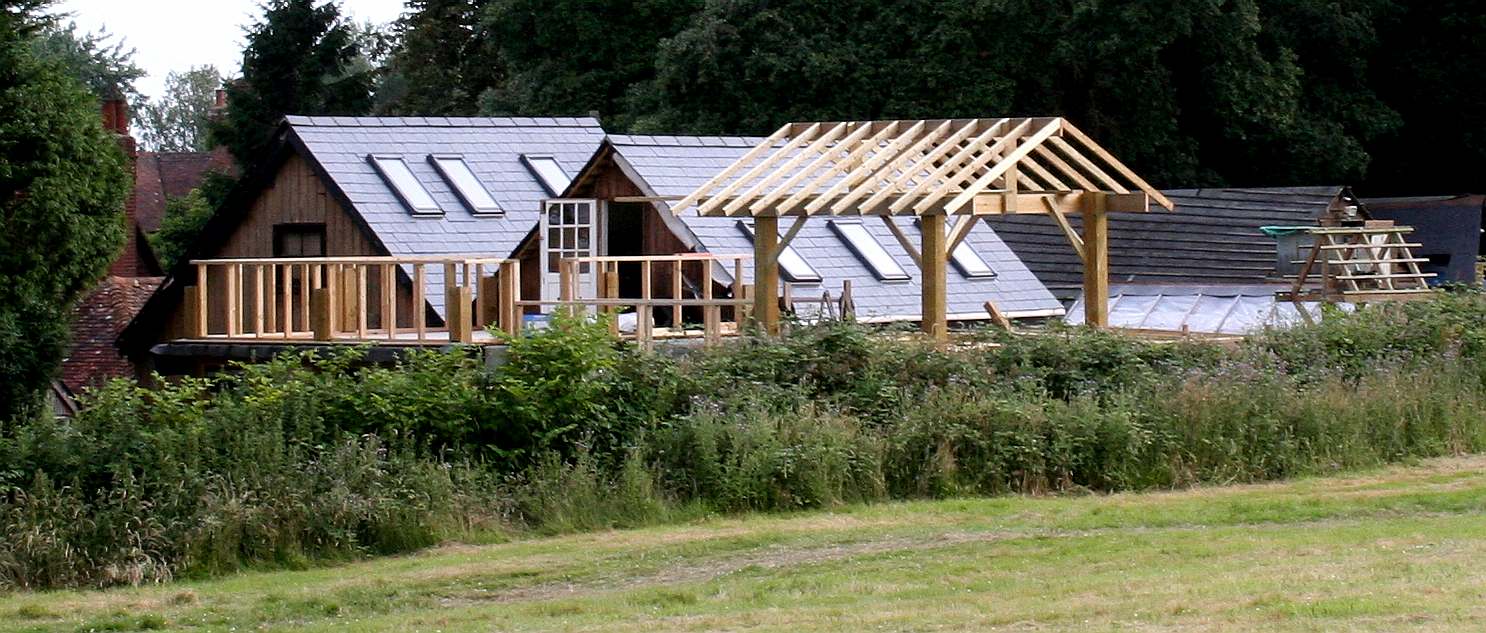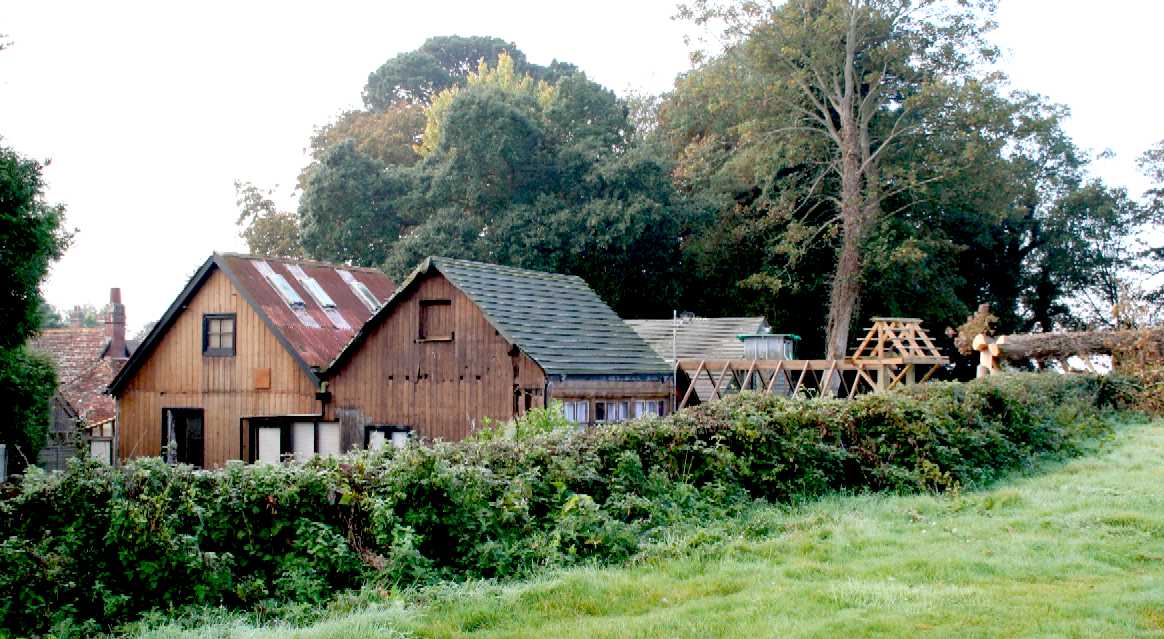|
DOWN AMONG THE FARMS - SEEBOARD MAGAZINE
Please use our A-Z INDEX to navigate this site or return HOME
|
MANOR HOUSE - Lime Park benefited by a large manor house, a stables, market garden, twin-wells, and electricity from a generating station in the grounds - that also sold power to the nearby village of Herstmonceux. The Baron Karl von Roemer and his family benefited from a full staff to help run his estate.
FROM DOWN AMONG THE FARMS
GENERATION GAP - Lime Park is now more famous for the work of Charles de Roemer, who brought electricity to Herstmonceux via the development of his Generating Station, in the most efficient form, powered by a 39 horsepower National, gas engine, as seen in the picture above. While Barness von Roemer was alive, guests to the Park included: Lady and Lord Gage from Firle Place, Lady and Lord Shawcross (famous for the Nazi war trials) from East Dean, and Lady and Lord Hailsham ( first wife).
It is interesting to note that when this part of the area was developed, a small non-statutory undertaking was taken over at Herstmonceux. A Mr. de Rhomer, of Lime House, operated a three-wire 220/110v D/C system in the village. His
generating station at Lime House comprised a Crompton D/C generator driven by an
oil engine,* and a battery for offpeak periods. Distribution was by means of a single-core paper-insulated, armoured, three-wire 0.10x0.05x0.10 sq.in. mains.
* There was a smaller concrete base with a flywheel scallop in the third range of the generating complex at Herstmonceux. The main generator was a gas engine, evidenced by the coal bunkers and pyrolysis chamber dug up on site, coupled with the fact that Charles de Roemer had installed a duplicate installation at his airplane factory in Eastbourne, with a superb photograph of that engine, the footprint of which matches that in the second range in Lime Park. More investigation of the site will be necessary to catalogue and fully understand how the complex developed over the years. We know there was also an ice-making plant in the second range, from the instructions to the operating engineer.
WILLIAM GREEN - Was chauffeur to Lady and Charles de Roemer. He lived in North Lodge, now demolished, for a block of rather ordinary flats. Thank heavens Ernie did not have to witness that kind of heritage vandalism. East Lodge, at the other end of the private through road, is a Grade II listed building. Herstmonceux is being ravaged, adding to the UK's collective carbon footprint, and the heat waves that saw 60 houses in England burn down in July 2022. More houses are being built in and around the village. Will the Parish and District Council's ever learn? Unfortunately not. Their actions constitute the beginning of the end.
POTENTIAL FUTURE UNESCO CONTENDER - Archaeologically, the old Generating Works in Lime Park, is the most important building in the village of Herstmonceux. Saved from collapse in 1981, in this unassuming complex, the new age of electricity began with wealthy landowners flexing their wallets - the only people who could afford Joseph Swann, and Thomas Edison's 'EdiSwan' light bulbs. For in order to have electricity to run the new fangled lighting, you needed your own generator - and that was noisy, offsetting the advantage of gas lamps and candles that frequently blew out with gusts of wind. Silence was then and is now highly valued. Only the very few could also afford batteries to store power. But in Herstmonceux, they had a massive energy store, with a whole unit full of giant lead plate batteries on shelves, crammed to ceiling height with huge glass cases filled with gallons of sulfuric acid. This is the very first distribution load-levelling arrangement, and the only example surviving anywhere in the world, of a massive battery store. It is quite simply unique. See ESCC SMR. Or visit at TheKeep in Lewes, or online.
NORTH LODGE - William (Ernie), Margaret (Peggy) and Doris Green, standing outside North Lodge, Gardner Street. Now demolished for a small block of flats. It is interesting to cross reference the memories of Margaret with Ronald Saunders, who only worked in Lime Park for about a year, but whose father was the chief engineer in charge of the Generating Station. You can read more about this by clicking on the picture above.
LINKS & REFERENCE
https://
UNIQUE INDUSTRIAL ARCHAEOLOGY - Perhaps not the most attractive of buildings, as it has fallen into a state of disrepair. It does not help the owners of heritage sites if nobody knows about them. Possibly acerbated by the lack of Local Lists, where Historic England has no other way of discovering overgrown assets. That helps to explain why the most important historic asset in Herstmonceux does not have an income for maintenance and general repairs. Conversely, the site, including other buildings in the Park, may one day qualify for listing as a UNESCO world heritage site. This site is Copyright © July 2022.
|
|
Please use our A-Z to navigate this site or return HOME
|





